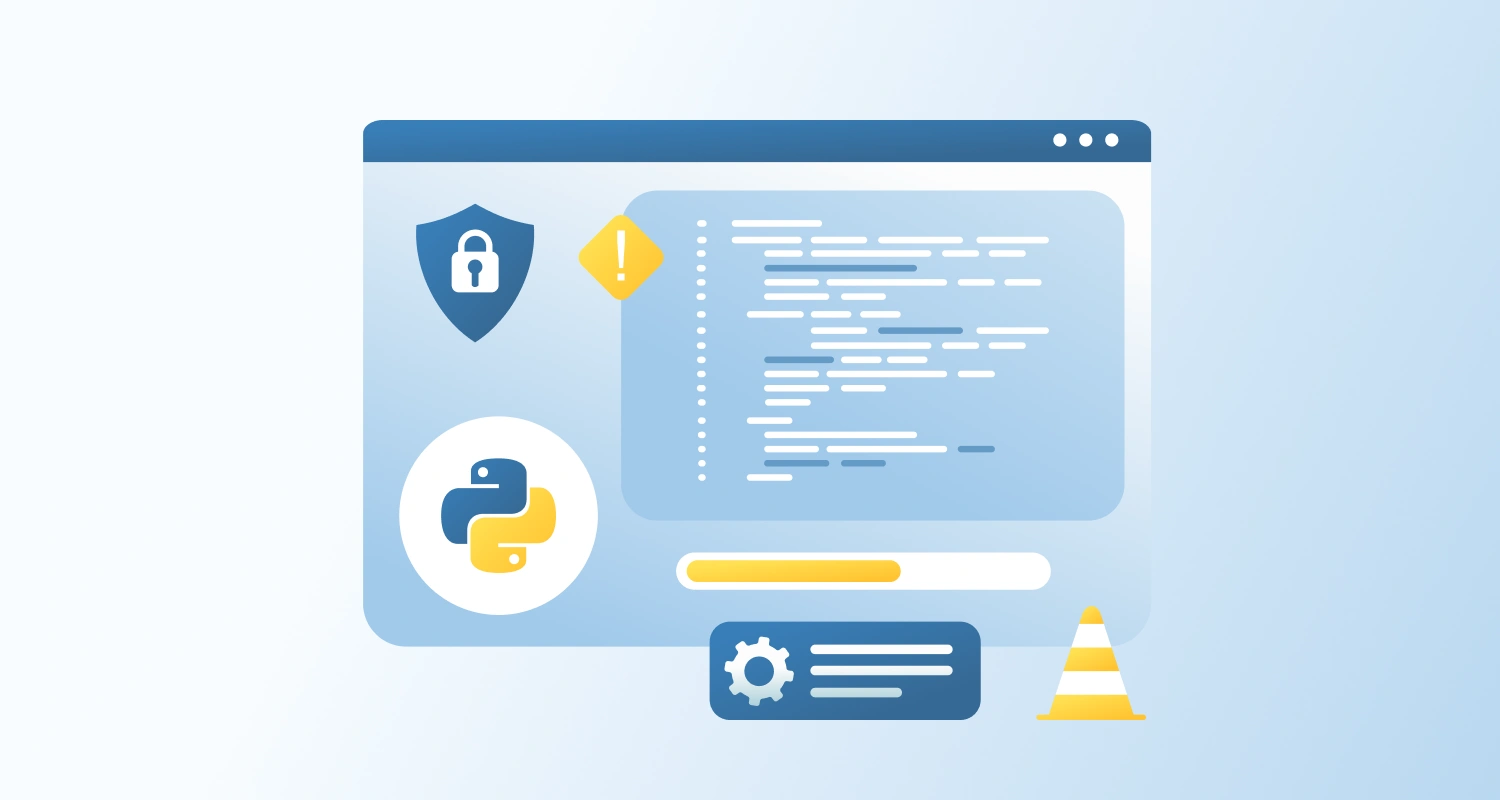When you’re working with microservices in .NET, you’ll often have multiple services like authentication, user, order, and product. Each one has its own API, and if your client apps try to call these services directly, a few problems can come up:
- The routing logic gets complicated
- There are more security risks with multiple public endpoints
- Common features like logging, rate limiting, or authentication have to be repeated in each service
To make things easier and more secure, an API Gateway is often introduced.
What Is an API Gateway?
An API Gateway is a single entry point for all requests going into your microservices system. It acts like a traffic manager, sitting in front of your services and forwarding client requests to the right one.
But it does more than just routing. An API Gateway can also handle things like:
- Routing requests to the right service
- Authenticating and authorizing users
- Balancing traffic across multiple instances
- Caching responses to reduce load
- Limiting how many requests a client can make
- Combining data from multiple services into one response (response aggregation)
This central point makes it easier to manage and scale your system, while also improving security and reducing duplicated logic across services.
Which API Gateway Tools Are Used in .NET?
There are two popular tools for building an API Gateway in .NET:
1. Ocelot
Ocelot is a lightweight API Gateway designed specifically for .NET applications. It’s easy to set up using a JSON configuration file and works well for small to medium-sized projects.
It supports:
- Routing
- Authentication and authorization
- Rate limiting
- Logging
- Aggregating responses from multiple services
2. YARP (Yet Another Reverse Proxy)
YARP is a newer, more flexible reverse proxy built by Microsoft. It runs on ASP.NET Core and is highly customizable. YARP is a great choice if you need more advanced features, dynamic routing, or deeper control over how requests are handled.
It’s especially useful in larger, more complex systems where performance and scalability are key.
Why Use an API Gateway?
Adding an API Gateway to your microservices setup brings several benefits:
- Clients only need to call one endpoint, which keeps things simple
- You can apply security and authentication in one place
- It’s easier to monitor and log traffic centrally
- You can scale and evolve backend services without breaking the client
- New features like versioning or response shaping can be added without touching individual services
Conclusion
An API Gateway is an essential part of any well-structured microservices system in .NET. It helps you simplify client interactions, secure your services, and prepare your system for future growth.
If you’re starting with a smaller setup, Ocelot is quick and easy to use. For more flexibility and advanced scenarios, YARP is a powerful choice backed by Microsoft.
Let me know if you’d like help setting one up in your project.





